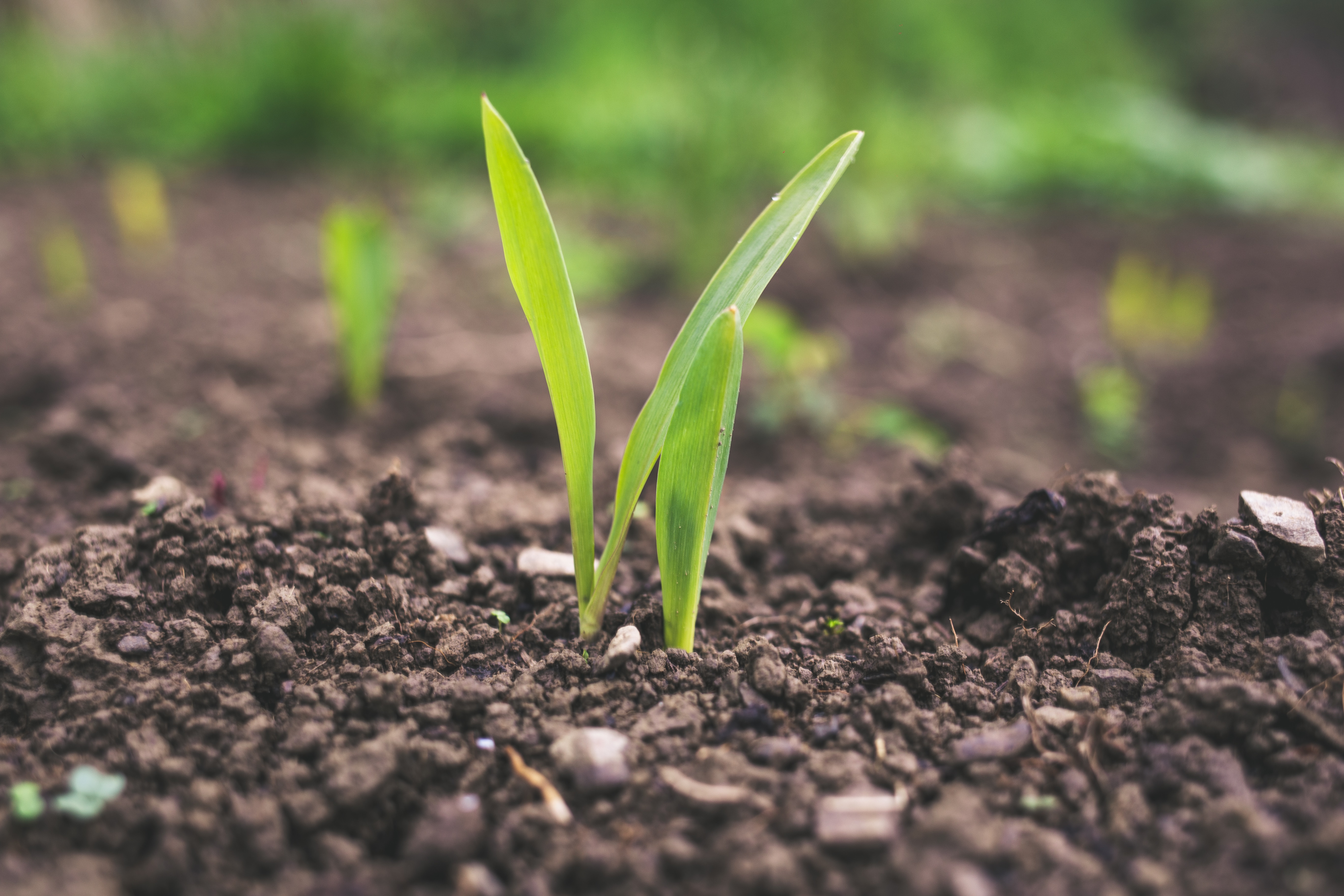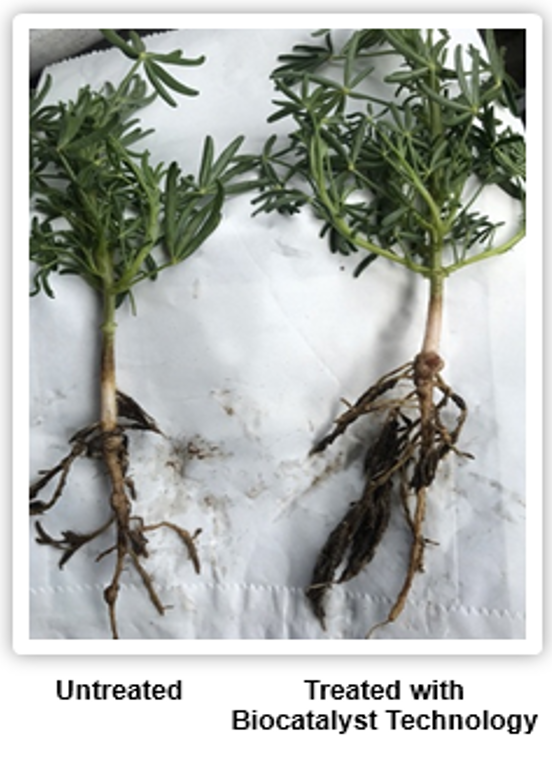Despite best practices, an estimated 40% to 50% of applied nitrogen is unavailable to the crop due to immobilisation by soil microorganisms or loss from the soil through denitrification or leaching. Although some soil microorganisms contribute to this nitrogen loss or immobilisation in the soil, others can enhance the availability or stability of nitrogen in the soil or even improve root growth and physiological functions, all of which can have a positive influence on nitrogen use efficiency.
How Do Microbes Affect Nitrogen Use Efficiency?
[fa icon="calendar'] 1/10/19 posted in Foundation LM, Ag Biologicals/Biostimulants, Soil
Using Biostimulants to Communicate with Plants
[fa icon="calendar'] 19/03/19 posted in Ag Biologicals/Biostimulants, Plant Science, Guest Blogs
By Maud Hinchee, PhD, Chief Science Officer, Agricen Sciences
Plants are constantly responding to their senses. They can touch, smell, taste and otherwise sense water, food and predators—and they can remember. Of course, they don’t do all of this exactly the way a human does, but they do respond to the messages they receive from the world around them to survive, thrive and reproduce—much the way we do.
This is a pretty stimulating idea – that plants are actually sentient beings responding to stimuli in a purposeful manner and communicating with each other and with potential friends and foes. It’s also an idea that is captivating researchers and companies in the agricultural space, most notably around the topic of biostimulants and other agricultural biologicals.
How Do Roots Find Nutrients?
[fa icon="calendar'] 5/01/19 posted in Ag Biologicals/Biostimulants, Plant Science, Guest Blogs
By Maud Hinchee, PhD, Chief Science Officer, Agricen Sciences
Once a newly germinated seedling secures a foothold with its root, it uses the power of its photosynthetic engines to drive growth. Sunlight is the fuel source, enabling the plant to produce the proteins, lipids and carbohydrates it needs to make new leaves and roots.
But to create these internal building blocks, the seedling must also mine and extract raw materials from the soil, sometimes at great distance, and "sluice” them back through its root system to the growing shoot. So how does a root prospect for the raw materials like water, macronutrients, and micronutrients that the plant needs?
Roots Make Decisions That Help Plants Survive & Thrive
[fa icon="calendar'] 1/10/18 posted in Ag Biologicals/Biostimulants, Plant Science, Guest Blogs
By Maud Hinchee, PhD, Chief Science Officer, Agricen Sciences
For a germinating seed to survive and thrive, its root system needs to create a strong foothold and provide access to available nutrients and water. How does it do this?
It turns out that a new root is constantly making choices about where and when to grow based on the environment it encounters. Guided by its “root brain,” it makes decisions that maximise its access to water and nutrients as quickly as possible.
Understanding the Biochemistry in Foundation LM and Basis XC
[fa icon="calendar'] 29/04/18 posted in Foundation LM, Ag Biologicals/Biostimulants, Basis XC
Foundation LM and Basis XC contain concentrated biochemistry that helps growers increase nutrient availability to their crops, enhance root growth and functioning, and improve overall plant performance. But, what exactly is biochemistry?
Biochemistry is the chemistry of life. It is created by, in, and from living organisms, such as soil microbes. A number of different biochemistries are created by soil microbes—each serving an important role in soil microbial functioning, and even in plant functioning.
Agricultural Biologicals & Biostimulants Play Key Role in the Future
[fa icon="calendar'] 26/04/17 posted in Ag Biologicals/Biostimulants, Sustainability
For thousands of years, the world regarded the act of growing a plant in the soil as a biological process. But—as in all systems—the need for scalability to meet growing demands called for new, more efficient technologies to improve food production. The agricultural advancements of the post–World War II era were nothing short of transformational in this respect. Worldwide, food production skyrocketed, owing to advancements including improved seed varieties, modernized irrigation, better control of plant diseases and pests, and increased use of chemical fertilisers.
In more recent years, we have realized that the gains achieved through the tools of the Green Revolution are not limitless. We have also realized that the intensity of agricultural production has some significant, long-term impacts on soil, air and water resources. These realizations have helped prompt a renewed interest in the biological elements of crop production.
Understanding Soil Microbiology & Biochemistry
[fa icon="calendar'] 14/11/16 posted in Ag Biologicals/Biostimulants, Plant Health & Nutrition, Soil
The soil is a living environment, full of organisms that influence plant growth and health. These organisms include visible inhabitants like earthworms, as well as a multitude of invisible, microscopic inhabitants like bacteria and fungi. Plants—through their growing roots—are also part of this living environment. Many of the interactions among these inhabitants occur through biochemical signalling, particularly in the rhizosphere.
Soil microbes and the biochemical compounds they make play a major role in nutrient release and nutrient use efficiency.






